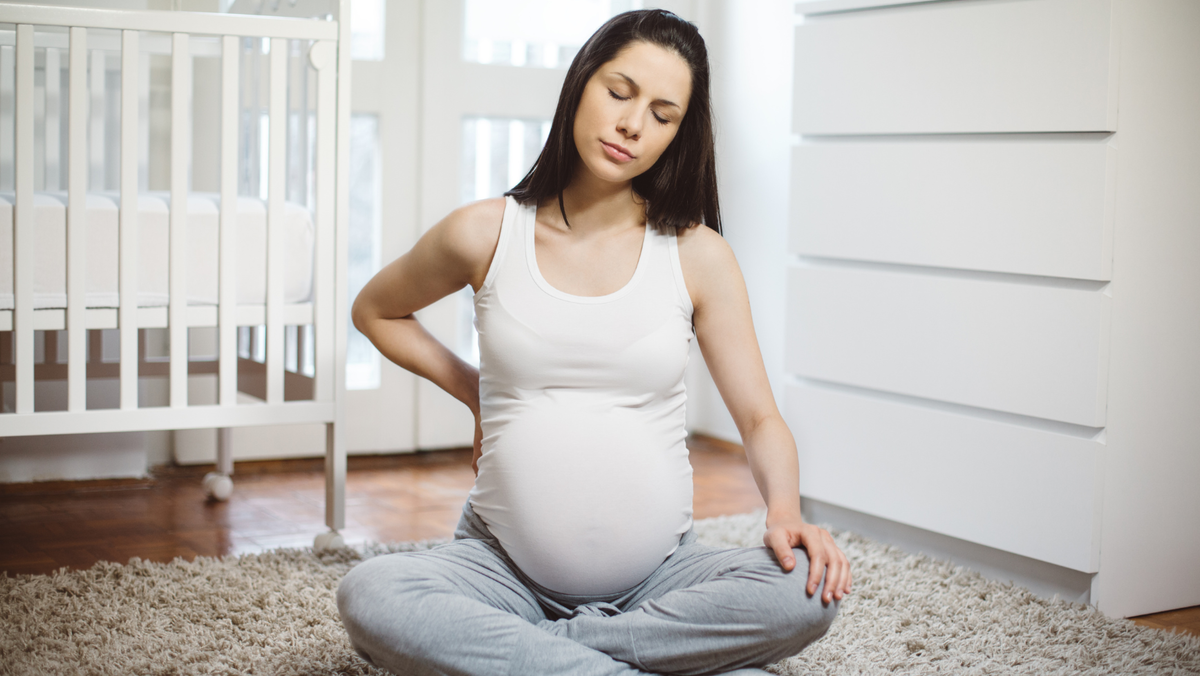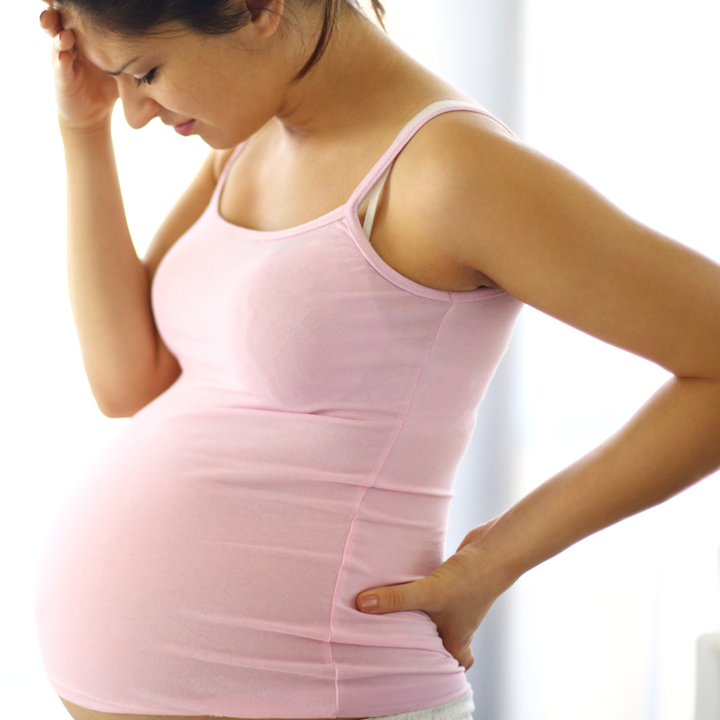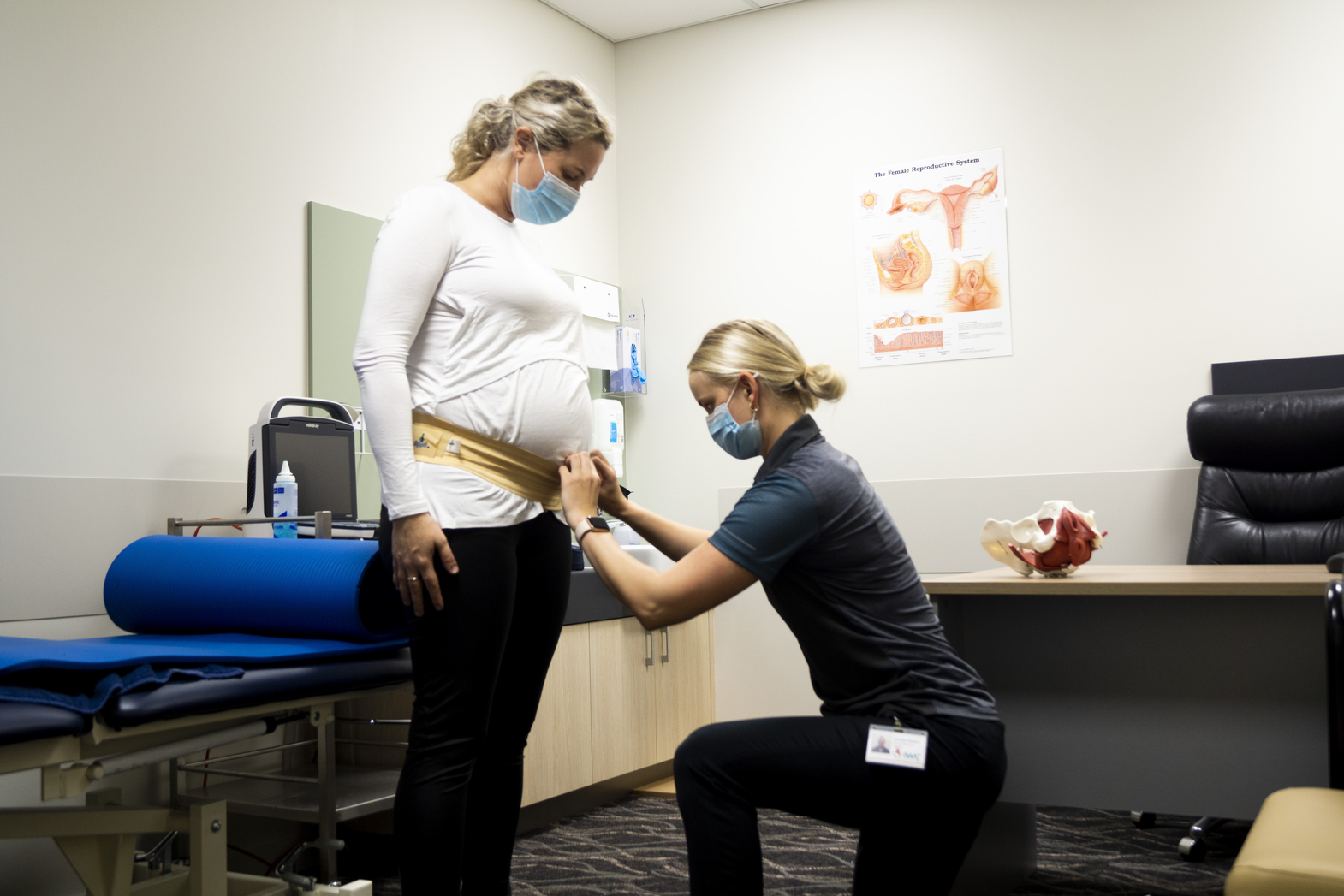How do I make it STOP? A guide to Pregnancy Related Pelvic Girdle Pain.

So here you are, finally into your second trimester, the morning sickness is subsiding, and you're ready for that pregnancy glow to kick in. Then you take a step, and knives stab through your pelvic bone, buttocks, and thighs. You falter; the pain is almost unbearable; you didn't think pregnancy would be like this!

A Bit of Good News
You are not alone!
84% of pregnant women will experience Pregnancy Related Pelvic Girdle Pain (PRPGP), also sometimes referred to as Symphysis Pubis Dysfunction (SPD). What is the most common assumption of these women? That this is just another fun (note the heavy sarcasm) symptom of pregnancy; they just have to grit their teeth and get through it.
This isn't actually the case but before we get into how to manage this pain, let's look at what it is, and what causes it.
It is a pain that occurs in the pelvis, buttocks and groin, often radiating into the thighs.
Changes in posture, increased pressure on your pelvis due to your rapidly growing uterus and hormonal changes (more specifically, the release of the hormone, Relaxin, which softens your ligaments) all contribute to the onset of pregnancy-related pelvic girdle pain. All of these changes can place increased strain on the pelvic joints causing inflammation and subsequent pain.
Having an understanding of the risk factors associated with PRPGP can assist you to monitor for symptoms and seek help from your Women's Health Physiotherapist. The risk factors to be aware of include:
- Previous pelvis or lower back pain
- History of trauma to the back or pelvis
- Previous Pregnancies
- Physically demanding work
- Increased body mass index
- Emotional distress
- Smoking
It is important to understand, that some women do suffer from pelvic girdle pain without any of these risk factors. To ensure the highest level of comfort possible during your pregnancy, monitor how your body feels, and work with your Women's Health Physiotherapist to keep you moving from pre-conception through your post-partum period.

If you are experiencing symptoms
There are certain activities that can exacerbate your pain and cause increased discomfort
- Walking long distances or quickly
- Getting in/out of the car or bed
- Rolling in bed
- Deep squatting or lunging
- Going up and down stairs
- Standing on one leg (e.g. dressing - putting on pants)
- Moving from sitting to standing
- High-impact exercises (e.g. running and jumping activities)
Tips to reduce your PRPGP:
- Use an ice pack on the painful area for 20-30 minutes every 2-3 hours.
- Sleeping with a pillow between your knees can assist in keeping your pelvis in a neutral position.
- Swivel when getting in and out of the car instead of extending one leg to step in/out sideways and opening the pelvis.
- Wear compression garments or a support belt (supplied by your physiotherapist). I highly recommend Lenny Rose Maternity Support Range https://lennyroseactive.com.au/collections/pregnancy-support
- Perform strengthening exercises for the hip, pelvic floor and deep abdominal muscles (as shown by your physiotherapist).
- Use home massage to release tight muscles (as shown by your physiotherapist).
Most women will recover from PRPGP within the first month following delivery; however, 1-2% if sufferers can experience symptoms for up to a year postnatally.

The bottom line here is, pregnancy is beautiful and you should be able to enjoy it. Book a consultation today with your women's health physiotherapist if you are at risk of developing painful symptoms or if you are already experiencing pain. It is never too late to get help.